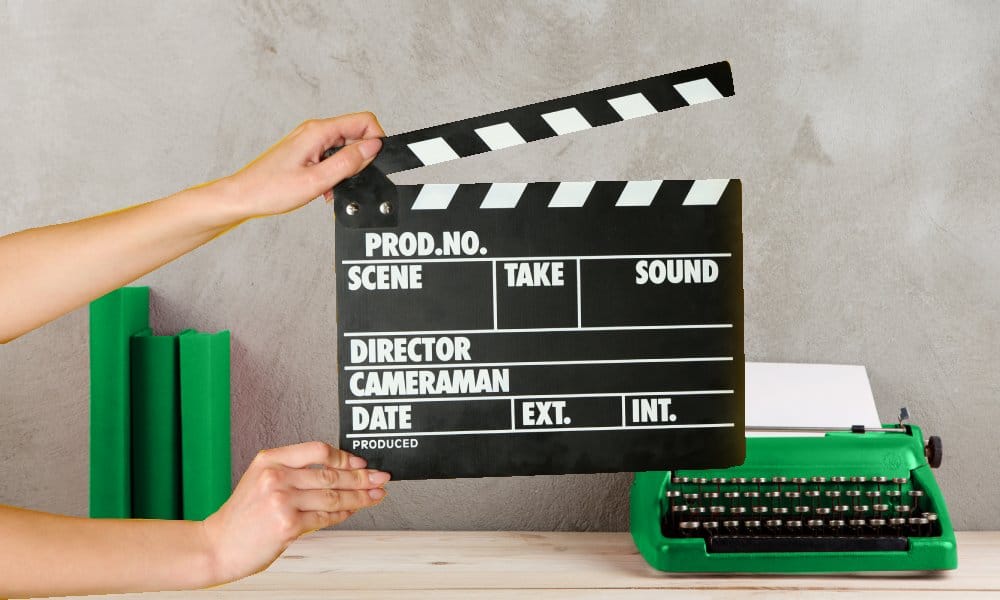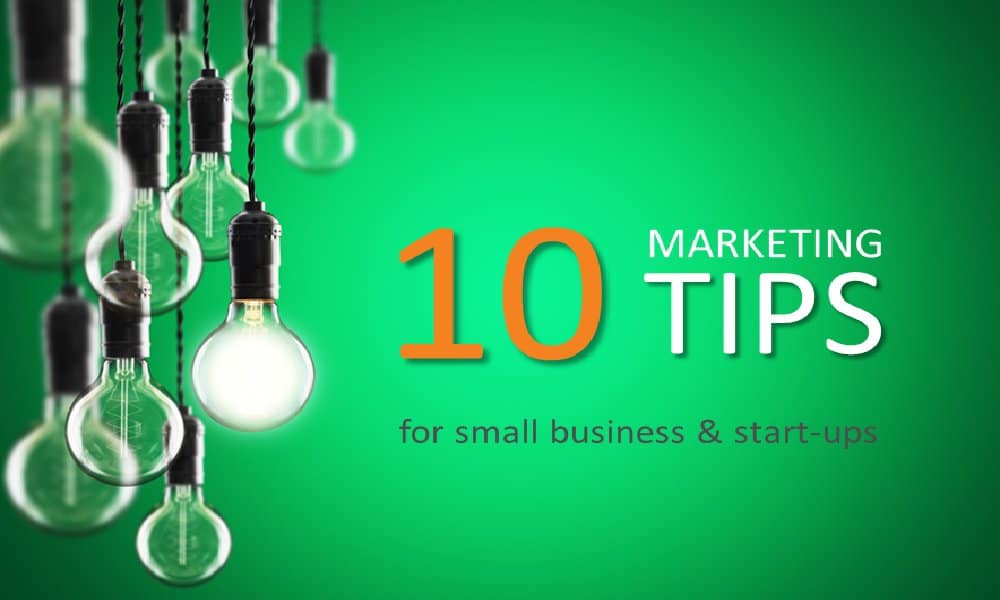I’m sure you’ve heard that this is the era of video marketing. There are a heap of video marketing companies out there who promote it as the silver bullet which will save the world. But is that true? And if it is, what’s the story with text content?
Why are we at NoBull Marketing still writing a blog and banging on about written content if everything’s video these days?
As always, the truth is a little more complicated. So today let’s examine video and text content. How they’re different and how they’re the same. How and when to use each one.
How video and text content are different
1. Video is easy, text content is hard
Consuming video is pretty close to day-to-day living. In our normal lives, we wander around with eyes and ears, watching and listening. When we watch a video, the experience is similar. We watch and listen. Sure, the taste, touch and feel are still missing (to date, anyway!), but we use our senses just as we do in real life.
Text content, on the other hand, doesn’t come naturally. For a start, you need to know how to read. Cast your mind back to kindergarten for a moment. If you’re like most of us, learning to read was hard. In fact, for most of human history, most people haven’t been able to read.
Small wonder that watching the video is more popular than reading the book!
2. Watching video is more passive, reading is more active
This is a little harder to unpack, but it’s an interesting point. Think about people who come home exhausted at the end of the day. Do they slump in front of the TV or get a book off the shelf? TV wins overwhelmingly, especially now we have Netflix and the other streaming platforms. Why? It’s easy. You simply sit there. The content washes over you and you absorb it.
Reading requires more effort. It’s not just the physical effort of turning pages, or scrolling on if you’re reading on a device. You have to use your brain as well, to interpret the words and turn them into sights, sounds and story.
You can see this difference when you measure brain activity during different activities. The reading brain shows far more activity.
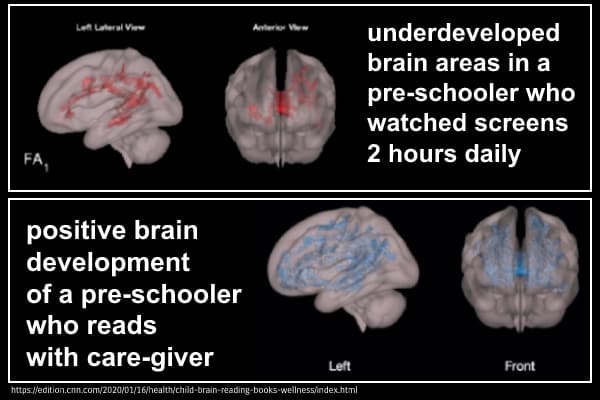
3. What about retention of information?
If your brain’s working harder when you’re reading, does that mean you’re more actively engaged and you remember more?
There has been some interesting research into retention when people read e-books versus reading physical books. In this case, a big, heavy textbook works best. There seems to be some relationship between an object being literally ‘weighty’ and they way we view it as weighty or important. So people reading a big book see it as important, pay more attention and remember more.
The evidence comparing reading online to watching video online is far less conclusive.
One statistic often quoted online is that people retain 95% of what they learn in a video versus 10% of what they learn via text content. I haven’t been able to track the source of that statistic. Most sites refer back to Invisia – but they give no reference. In fact, they quote it in their 2013 statistics, but not in their updates for 2016, 2017 or 2018 – so how confident are they?
Other studies suggest that it depends on the individual’s preferences than the actual medium. And then there are factors like how much sleep you had or how many ‘adult beverages’ you consumed. Seriously! That’s from MIT research.
So far, the jury is out. Just bear in mind that if we’re talking preferences, at least 30% prefer video and at least 30% prefer text. That’s a general preference, rather than a ‘what helps me learn and retain information?’ preference

4. Video appeals to emotions and text is more about logic and reason
This is of course a generalisation, but on the whole videos are created with some kind of human story. Even in a talking head piece you record on your own phone, there’s a human there to engage with. For text content, the human is further removed. Instead, the reader is faced with the task of creating their own world and vision to add emotion to the words. Empathy is harder work.
5. Content marketing in practice
Everything covered so far is about how the potential client interacts with different media. But there are other practical issues to consider. These tend to work in favour of text-based content over video.
- Even now we all have mobile phones with video and editing capability, text content is still easier to create and more affordable. (Whichever you create, spending a little time and / or money to improve quality is worth it!)
- SEO practices for written content are still more sophisticated than those for video. In fact, a common recommendation for video SEO is either a transcription or subtitles in a Google-friendly format. It comes back to text!
- Google does have a video tab in its search results. For many searches, it also shows videos on the main search results page – but the default for the main page is still text-based content.
What do these differences mean for the use of video and text content in marketing?
If video and text content have different strengths, it makes sense to use them in different ways in your marketing. Let’s see how you can play to those strengths.
Use video more at the start of the buyer journey
It’s commonly said that we buy on emotion and justify on logic. Does that mean that the emotional side appeal of video is the way to go?
It’s certainly a great way to start the sales and marketing process. At this point, you’re looking to engage attention and generate curiosity. Video – if it plays automatically – can attract attention simply because it moves. It’s also a great way to tell a story without demanding much from a target client. Properly crafted video with high visual and emotional hooks is a great tool for awareness and interest, the early stages of the buyer journey.
Text is effective when buyers are researching
As the buyer progresses towards a decision, things get more complicated. At some point, they need to make a decision between your offer and others. This research and comparison stage is more grounded in thinking and logic. In this situation, text content really comes into its own.
Video flows in one direction over time. During research and comparison, a potential customer may be jumping back and forth, wanting to check specific points. Text content is much better suited to this. It’s skimmable, and it’s searchable. Anyone who’s ever tried to rewind to a specific point in a movie knows how frustrating that can be with video.
Let’s also note that this isn’t a simple either / or. The best text is enhanced by images, diagrams and tables. (Tables and charts are especially useful for comparisons.) Equally, videos can include a summary diagram or chart at various points. However, there’s a tendency to move from video early on to text content later in the buyer journey.
The journey of buying a car is a great example here. We start off with TV ads – highly expensive snatches of video designed to evoke a particular feeling in a particular market segment. And we end up in comparison charts, designed to help us justify that emotional decision we’ve probably already made. Booking a holiday (remember those before lockdown?) works in much the same way.
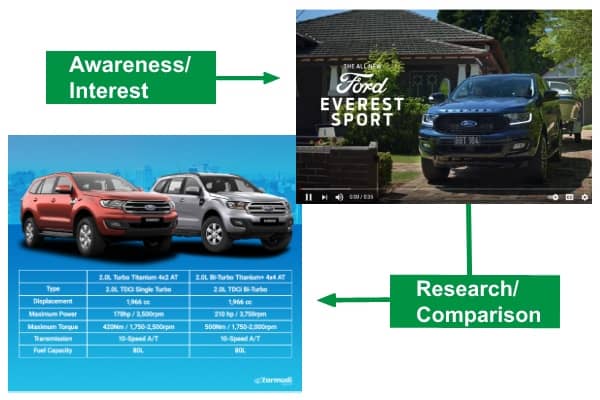
Consider the product or service as well as the buyer journey
Think about buying life insurance. Now think about buying a pair of jeans, or a movie ticket. The process is quite different.
It all depends what you’re buying.
- Is it an impulse buy for instant pleasure? Or is it something you need to fill a specific purpose?
- Is it easily affordable? Or is the price high enough to make you stop and think?
- Are you the sole decision maker? Do you need to consult with and convince others? That might be your significant other, or if you’re buying for a business it could be colleagues.
As a general rule, cheap impulse buys don’t need much rational justification. (How much did you agonise over your last takeaway coffee?) But if you’re looking at something expensive, important or complicated, you’re going to spend more time in the research and comparison stage. And if you’re buying for a business (other than your own), you may be required to have a rational justification.
All these factors drive a higher need for written content, especially in the later stages of the buyer journey.
Note that there are also some special cases to consider
- Some products and services (software) are complex and expensive, but are suited to a ‘how to’ or ‘demo’ style video even late in the buying process.
- Video testimonials and case studies can be an excellent way to combine emotion and ‘rational’ decision factors for a whole range of services.
Nevertheless, the overall trend is for video early to attract and engage, with text to convince, convert and justify.
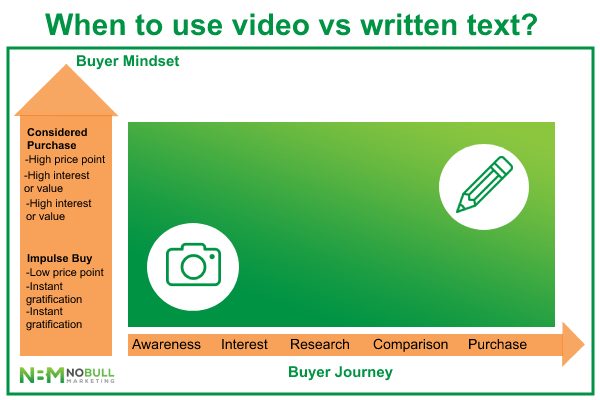
Combining video and text content effectively
At NoBull Marketing, we use video on some key pages. We use video (not as much as we should) on social media. It’s all early in the buyer journey. But our balance is still tipped in favour of text.
Every video production company I know tips the other way, towards video.
Getting the balance right is part of developing your content strategy. The answer for you will depend on your offering, your market and your budget. But just as important as the balance is the way you use them.
Video and text content are not so much on opposing sides as they are different players on the same team. They each have their own skills and can help you win the customer. Just make sure you play each in the right position.

